So, here we will talk about how to submit a website to Google. So, you must have built a website with lots of efforts and hard work poured in it. You would have done all the things like- putting some valuable content in your website, put best design on your website to make it more attractive, etc.
So, now you are ready to share it with the world after gathering lots of opinions and thoughts or basically feedback from different people on your website.
But here is the catch that you would be thinking that as soon as you will publish your website on the google, all your content will be immediately showing on the google but the things do not go on like that.
There is site listing on the search results by Google and how to does Google lists your website?
Google lists your website after crawling and indexing your content.
This happens usually after a period of days or weeks but if you are the site owner then you can manually submit your site to Google and accelerate the process of site listing so that your site can reach a greater number of people but make sure that your website is up to the mark.

There are 2 ways to do this but first lets briefly talk about how Google crawls and indexes your website content.
How Google find your content
So, this task is not at all easy. Google uses huge set of computers to crawl billion of web pages on the web. This crawler is known as Googlebot. It basically begins with a list of web page URLs generated from previous crawls and then increases those web pages with the sitemap data provided within Google Search Console.

During the crawling process, the Googlebot also known as Spider, looks for new websites, updates to existing pages, and any broken links if present.
If the new pages are within your sitemap, then Google will discover them and crawl the content and then potentially list the page within search results based on its evaluation criterion of 200+ something evaluations.
After the crawling process is complete, all results are put into Google’s index and any new pages or updated content will be listed accordingly. While processing results, Google looks at the information on your webpage, such as title tags, meta description, alt tags, and more. If you have dynamic content on your page, Googlebot may not be able to read it and will crawl the default version – it is recommended that your default version is optimized for search.
As a result of being crawled by Google, you may never need to submit your website as it will be automatically discovered. The downside of this approach has always been that it relies on Google’s time frame to crawl and index your site’s content, which may not happen as quickly as you’d like. So, that’s why we submit website on Google to make this process faster.
How long does Google take to index your content?
So, there was one of my friends who also used to wonder this very question and then he did a test to see how long it took Yahoo! and Google to crawl and index content. So, there were staggering results.
When publishing content without manually submitting it on updated site map or to Google basically then it took Google 1375 minutes while Yahoo! Took 1773 minutes according to my friend.
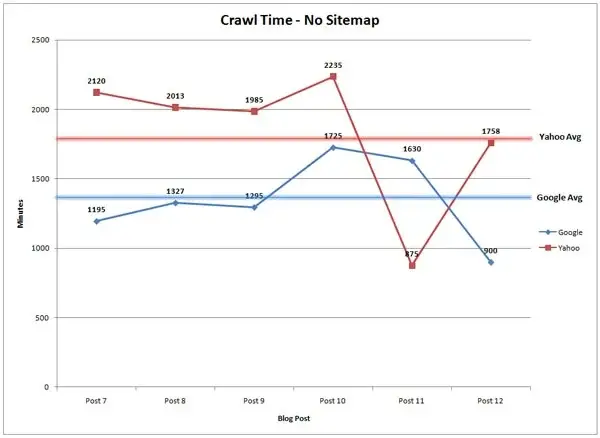
On the other hand, if you are launching a new website or adding a number of new pages to an existing domain, it may be useful to submit an updated sitemap. According to the same study, Henry found that after submitting an updated sitemap, the average time it took a bot to visit a page was 14 minutes, compared to Yahoo!’s 245 minutes. In other words, your new site can start generating organic traffic and conversions on the same day.
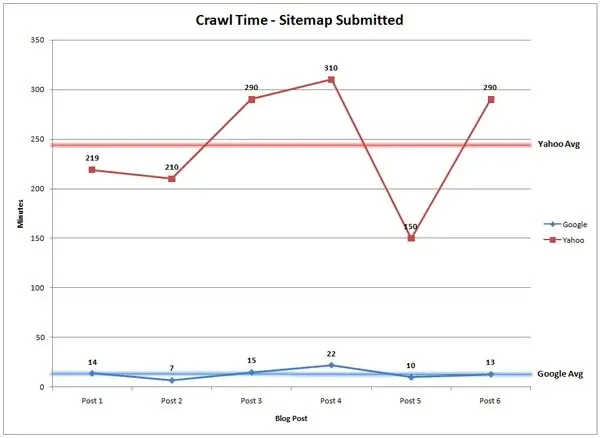
So, this is the advantage of submitting your website on Google that your website gets listed at a faster rate than others who have not manually submitted their website.
Let’s take one more example.
Below you can see one image which is showing that there are millions of crawl requests and Google has to answer each request, so that’s why it takes some time to crawl and index your content.
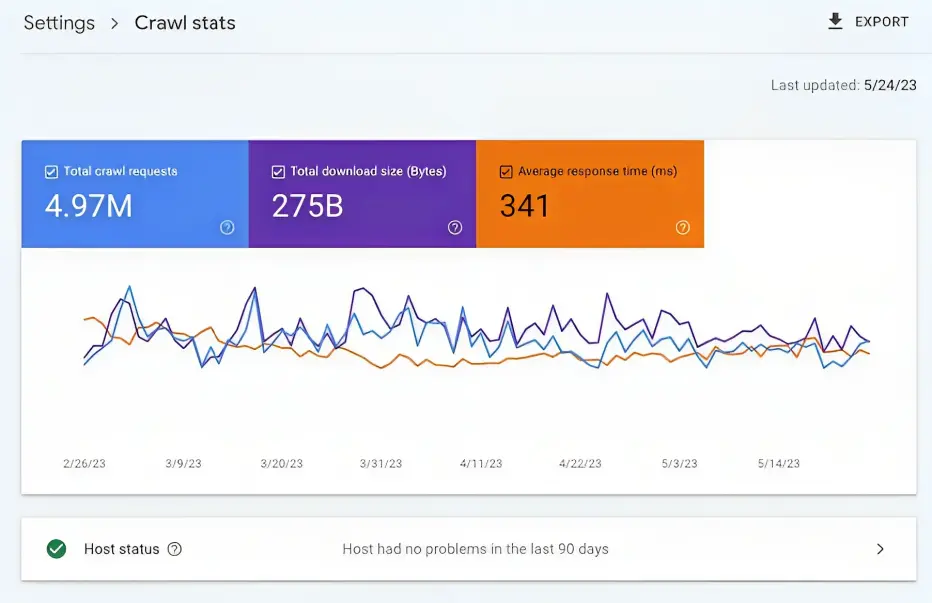
Why should you submit your site to search engines?
This is why you should manually submit your website to search engines.
- Peace of Mind – Better to be safe than sorry when it comes to SEO. Submitting the site manually is very quick, so it’s worth doing. It saves your time as well gives you mental peace because now your website will be listed quickly.
- Tell search engines directly about your site – By submitting your site, you can tell Google (and others) important information about your site, primarily content updates and important changes.
- It’s an easy opportunity to improve – Once you’ve submitted your site, you’ll have access to a variety of tools to help improve your website. In addition, it can notify you that the content has been updated and should be crawled again.

Easiest way to submit a website on Google
To submit a website on Google, you can add an updated sitemap to your Google account.
You can also learn how to create a Dynamic Sitemap using Node.js.
In fact, the only way to submit your website is by adding your sitemap to Google Search Console.
Here’s how:
1. Find your XML sitemap
A sitemap is an XML file that lists all the pages on a website.
Typically, you have to find your sitemap by typing
yourwebsite.com/sitemap.xml
(Note– in place of your website, write the name of your website). So, now you will get your sitemap.
If you use WordPress to power your site and use the Rank Math SEO plugin, your sitemap will look like this:
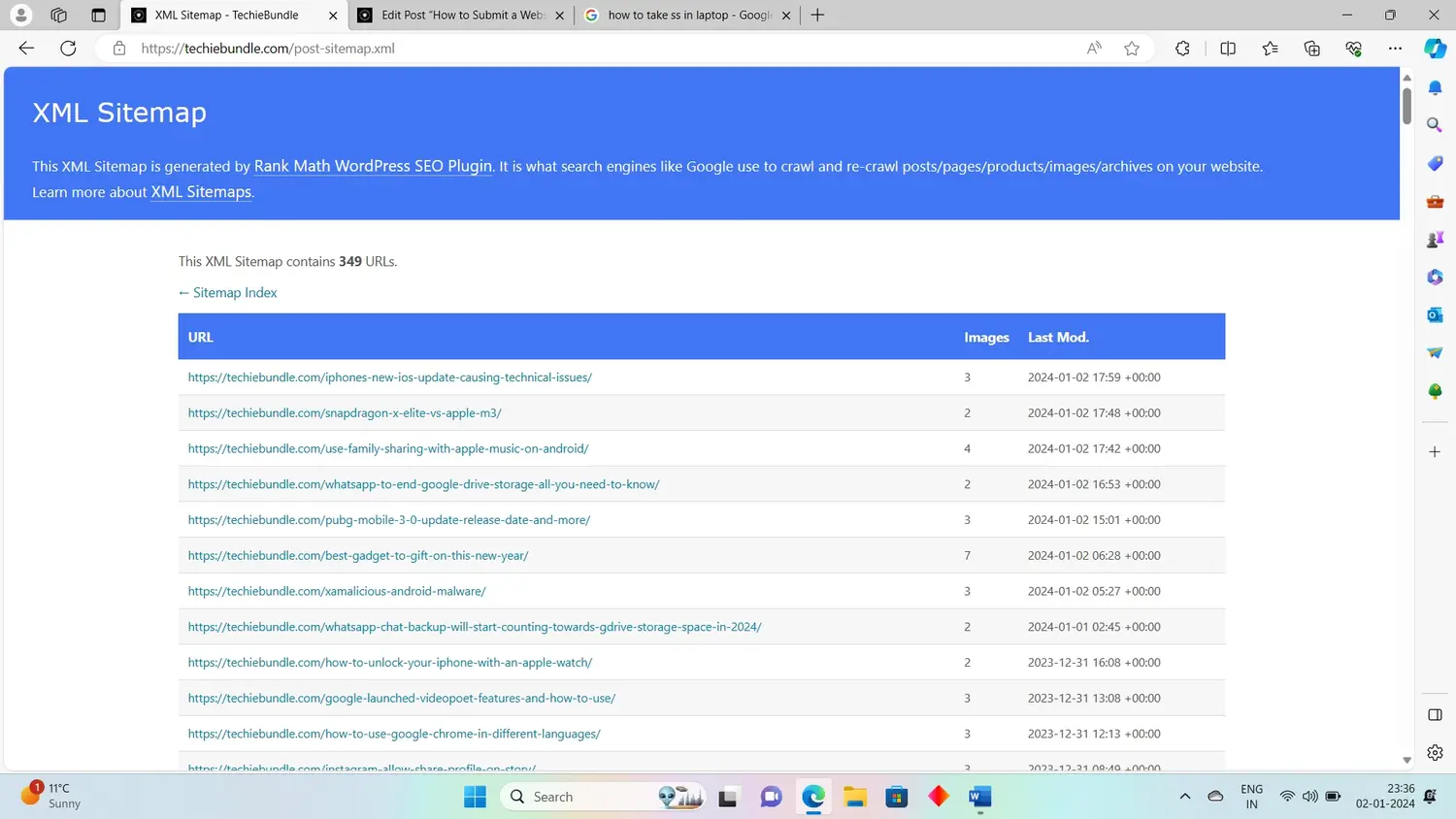
2. Add your sitemap to Google Search Console
Open Google Search Console and select Sitemaps under Index.
All you have to do now is paste in the sitemap URL and click submit.
If you have multiple sitemaps, repeat until all your sitemaps are displayed in the submitted section.
To do this, you need to add and verify your site to GSC.
If you need more in-depth steps, there is a search console guide that will walk you through everything you need to know. Also, if you want your site to appear there, here is a guide on how to submit your site to Google News.
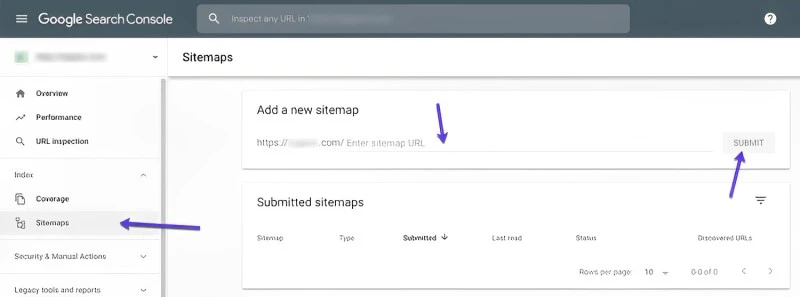
3. Submit the page URL to Google
But what if you only want to submit a single page to Google? This is also quite simple.
In Search Console, go to the URL checker and paste the URL of your page that you want to index.
If the page isn’t indexed, you’ll see GSC say “URL not on Google”. To browse it, just click Request Indexing.

If the page is indexed, then you will see “URL is on Google“.

Then you will see a message that will be confirming that your sitemap has been successfully submitted.
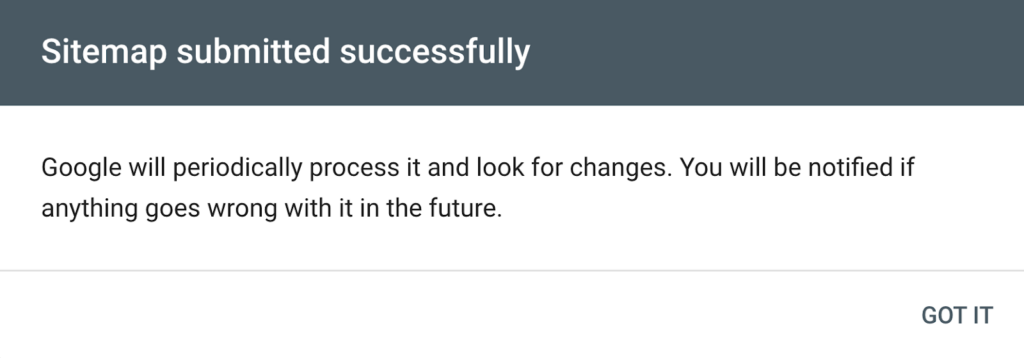
After some time, you will see the sitemap in the list of Submitted Sitemaps. The sitemap contains information about when it was submitted, when it was last read, and how many pages were found on Google.
In case of a Brand-New Site
If you are launching your website for the first time, then you should first verify that you own the site within Google Seach Console.
Then, submit it here—select the ‘submit a sitemap’ option once you land on this webpage.
In case of an existing website and are launching New Web Pages
With a web domain already up and running, you can still submit new pages for Google to index and rank accordingly. Anyone could do this at any time with a page they wanted to browse, whether they owned the page or not. Now, just like launching a brand-new website, you need to be the owner of the URL to ask Google to crawl it again.
Now, your website will reach to unlimited number of people worldwide with the pace of a rocket.



